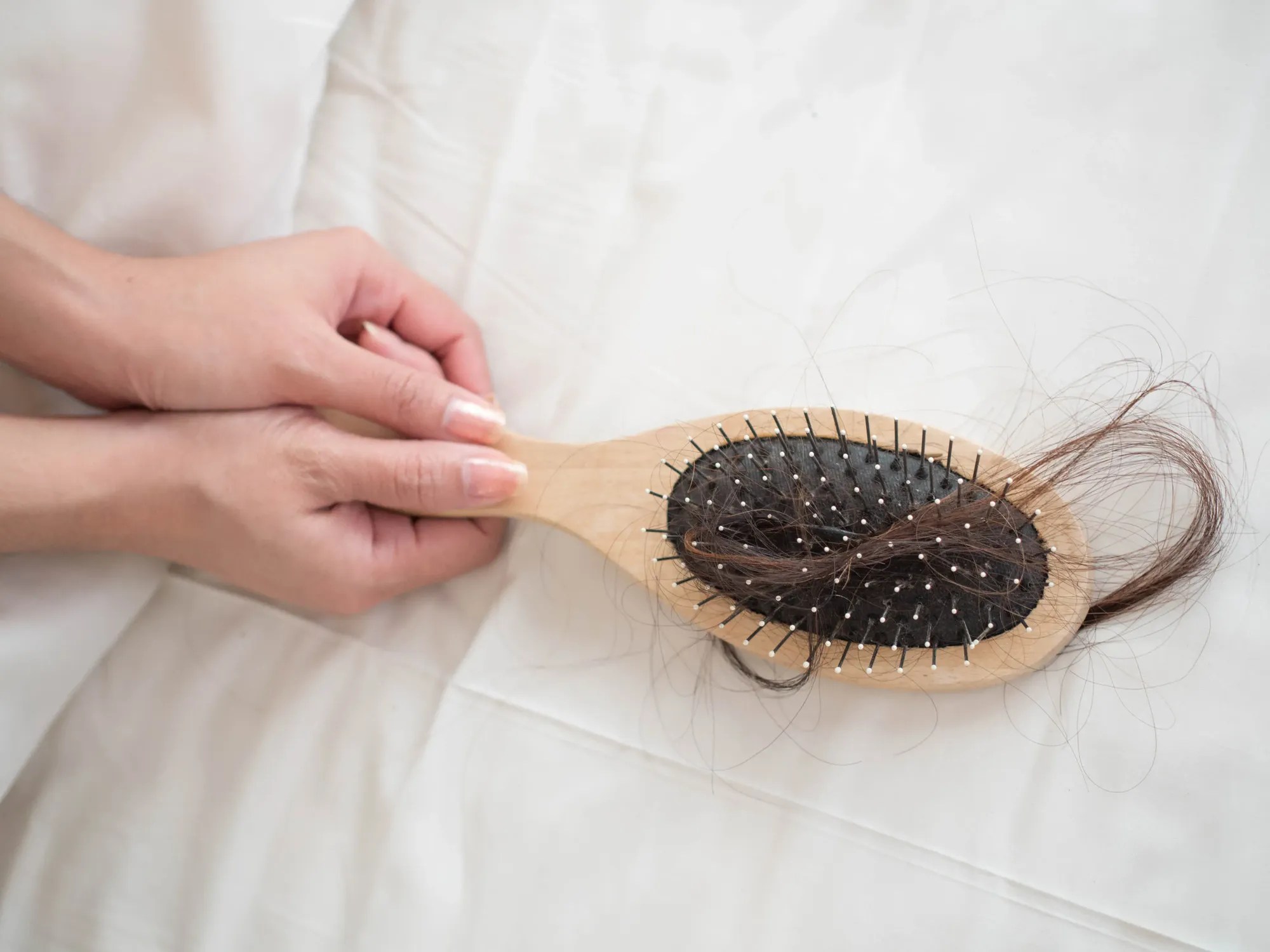It’s normal to lose 50 to 150 hairs per day; hair usually grows back. However, if the hair follicle is thinned, re-growth my not happen. Due to natural aging and hormonal changes, most men experience some hair loss during their lifetime. Some women experience this too. If you’ve been experiencing baldness, and have been contemplating getting a hair transplant procedure done but are not sure where to start—worry not, we’ve got you covered.
We reached out to Dr. Amrendra Kumar, Consultant Dermatologist and Hair Transplant Surgeon, and asked him to answer some common questions people have about hair transplant. Read on to know all that he shared!
Q. What are the types of hair transplantation?
Hair transplantation is a procedure in which we transfer hairs from one area (called donor area) to a bald area (called recipient area) to get coverage of the bald area when these hairs grow. Usually, the back and sides of the scalp (occipital and parietal area, sometimes beard and body hairs) serve as donor areas. The process of removal of hairs from the donor area is called ‘extraction’ and placing these hairs in the recipient area is called ‘implantation’.
Based on the method of extraction, hair transplantation is broadly categorised into two types:
- FUT – follicular unit transplantation
- FUE – follicular unit extraction/excision
However, several changes have been made to the extraction and implantation procedures to reduce any unfavorable side effects/complications, and to increase the survival of the hairs in recipient areas. These modifications have also been referred to as transplantation methods such as bio-stimulation FUE, bio-enhanced simultaneous transplantation, direct hair transplantation, direct hair implantation, and so on.
Q. How do we define that one should need hair transplantation?
There are no fixed criteria, stages of baldness, or age to define the need for hair transplantation. If an area of the scalp becomes so bald then it cannot be treated with medications, hair transplantation may be recommended. However, many factors must be considered when hair transplantation is planned, such as age, ongoing baldness, the effect of remaining hairs in that area, and the area of the scalp such as the frontal or vertex.
Q. Is hair transplanting a permanent solution for hair loss?
The most common cause of baldness is androgenic alopecia, which happens almost exclusively in males. Androgenic alopecia sets in because a hormone called DHT (dihydrotestosterone) affects hairs of the scalp making them thinner and gradually these hairs disappear. In androgenetic alopecia, mostly the top of the scalp hairs (frontal to vertex area) are affected, but the hairs on the lower back and sides (occipital and parietal) are relatively resistant to DHT hormone. So, theoretically, these hairs are permanent and will behave as such even if we transfer them (donor area dominance).
However, in the practical sense, it may depend on many factors. Since this safe donor zone varies considerably from person to person, it is very important to extract hairs from the safe donor area only. If hairs are extracted from an unsafe zone, then these hairs may disappear in the future. We also have to consider ongoing baldness in the adjoining area of transplanted hairs and their impact on the overall result. In some patients, the donor area may appear full at a young age but may show signs of winning when they get older.
Q. What care do you require before and after transplantation?
Hair transplantation is a very simple surgery, usually does not require much care. Before transplantation, we should rule out any underlying medical conditions and allergies to any medications. If a patient is on certain medications, we need to be careful about their effect on hair transplantation. Most medicines used in common diseases like diabetes and hypertension has little or no impact. If possible, patient should stop taking supplements, fish oil and pain medication.
After transplantation, resuming normal routine work is very easy. Hairs have to be washed regularly. For the initial few days, any type of trauma and direct sunlight exposure should be avoided.
Q. Is transplanted hair treated as normal hair?
Yes, transplanted hairs are normal hairs in every respect. You can cut them, shave them and color them.
Q. What are the types of hair loss that can be treated with a transplant?
Hair transplantation is mostly done in cases of baldness due to androgenetic alopecia, but we can do other types of alopecia as well like female pattern hair loss, secondary scarring alopecia due to burning or trauma, beard hair restoration, eyebrow and eyelashes hair restoration. A relative contraindication is alopecia aerates and primary scarring alopecia like lichen plaopilaris. Here, we wait till the disease dies out.
Q. Does this procedure have any side effects?
Hair transplantation is a very simple surgery, side effects are very rare. Any long-term side effects or impact on any other organ of the body are very rare. Relatively common complications include pain, intraoperative bleeding and swelling. These can be taken care of very easily using the right procedural steps. Rare side effects include folliculitis, scalp skin necrosis, persistent pain and hematoma. Again, these are rare and can be managed. Scarring in the donor area and paraesthesia can happen in the FUT procedure.
Follow @missmalinibeauty for more on everything makeup, hair, and skincare. Download the Girl Tribe by MissMalini App to join our fashion and beauty community.

